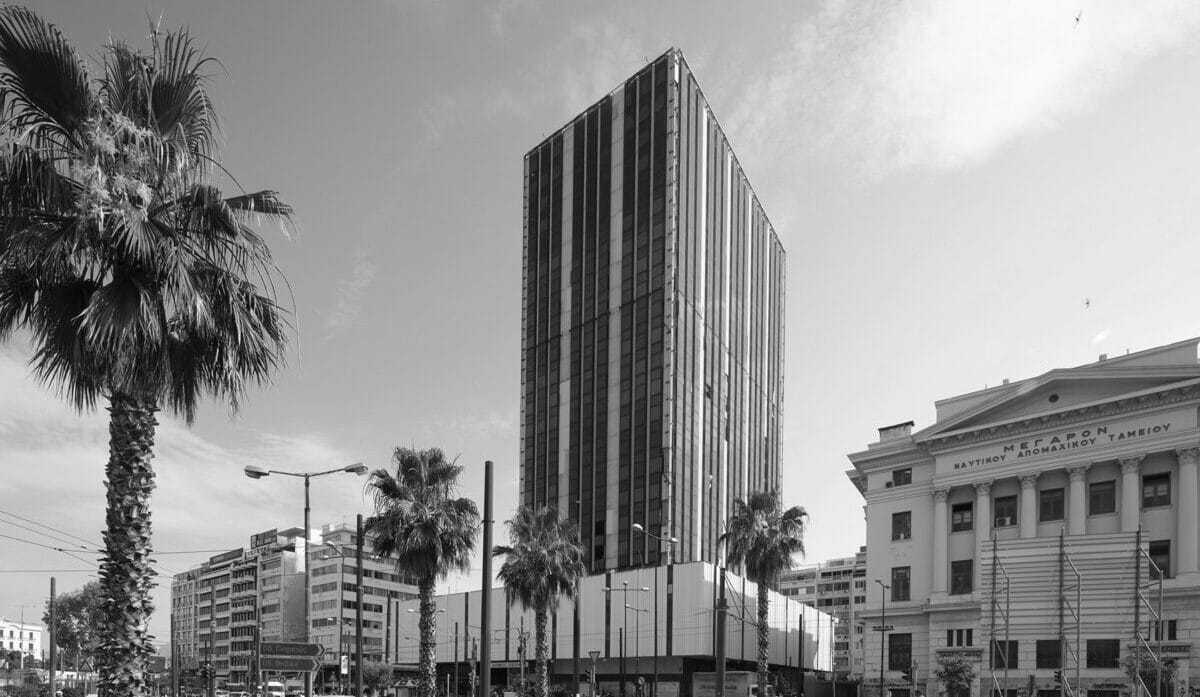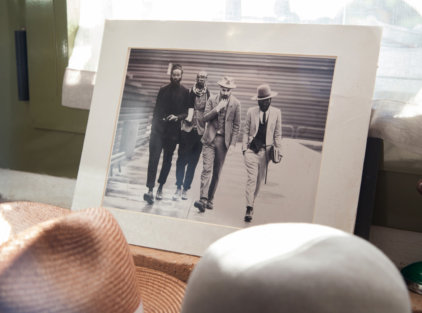By Christos Zampounis
In 2023, the dynamic landmark of the Mediterranean’s leading port, which has remained uninhabited for half a century, is expected to be delivered for full operational use. The idea may be older, perhaps even older than others, but the only one who took the initiative to put it into practice was the former mayor of Piraeus, Aristides Skylitsis. He is the politician who reshaped the waterfront of the Mediterranean’s largest port and erected an 84-metre-high tower with the prospect of turning his city into a domestic maritime city. Born into an aristocratic family from Constantinople, he drove around in a white Rolls Royce, and despite the controversy because he was appointed by the Junta, most Piraeus residents today recognise his work. Phew! The Merchant Marine Centre, which was inaugurated in 1972 and completed in 1975, was never to function, with future municipal authorities even considering demolishing it.
It is said to have been inspired by the Marble Arch Tower in London, although some claim that its rival was the Tower of Athens. In any case, a 1968 photographic ordinance changed the law on the height factor, and by that year the press of the time was already titling it: ’23-storey skyscraper to be erected in Piraeus on the site of the Central Market’. Eventually the floors became 24, with the last one being intended to house the ‘Galaxy’ restaurant with a panoramic view. It was a period when a wave of modernism had swept not only Greece but also the Western world, resulting in the demolition of many buildings of previous eras and their replacement by high-rise symbols of the new era. The Piraeus Tower was one of these. Its inspirer aspired to endow his city with a dynamic landmark that would reflect the equally dynamic stature of Greek shipping, which then, as now, was at the top of the world’s shipping industry. Skylitsis’s aim was to accommodate in the 29,000 square metres of superstructure most of the domestic and foreign shipping offices, which were then scattered along the surrounding coast.
His vision will be realized almost half a century later by the new mayor of Piraeus, Ioannis Moralis, who last year reached a 99-year concession agreement with a consortium of investors (Dimand Group, Prodea Investment, and the European Bank for Reconstruction and Development). These parties have undertaken an investment programme worth EUR 50 million, with the prospect of delivering a modern bioclimatic office and retail building with a new anti-seismic protection system. The investors’ intention is to redesign the building in order to satisfy the new users, which will be shops, office space, restaurant space and a multifunctional cultural centre. In parallel, it is planned to plant an area of 1,000 m2 in the surrounding area of the building, which will be 100% irrigated through an intelligent rainwater harvesting and management system. A shading system of vertical and horizontal blinds will give the passer-by the impression of a veil wrapping the Tower, according to the design by the PILA office, which won the international architectural competition.













